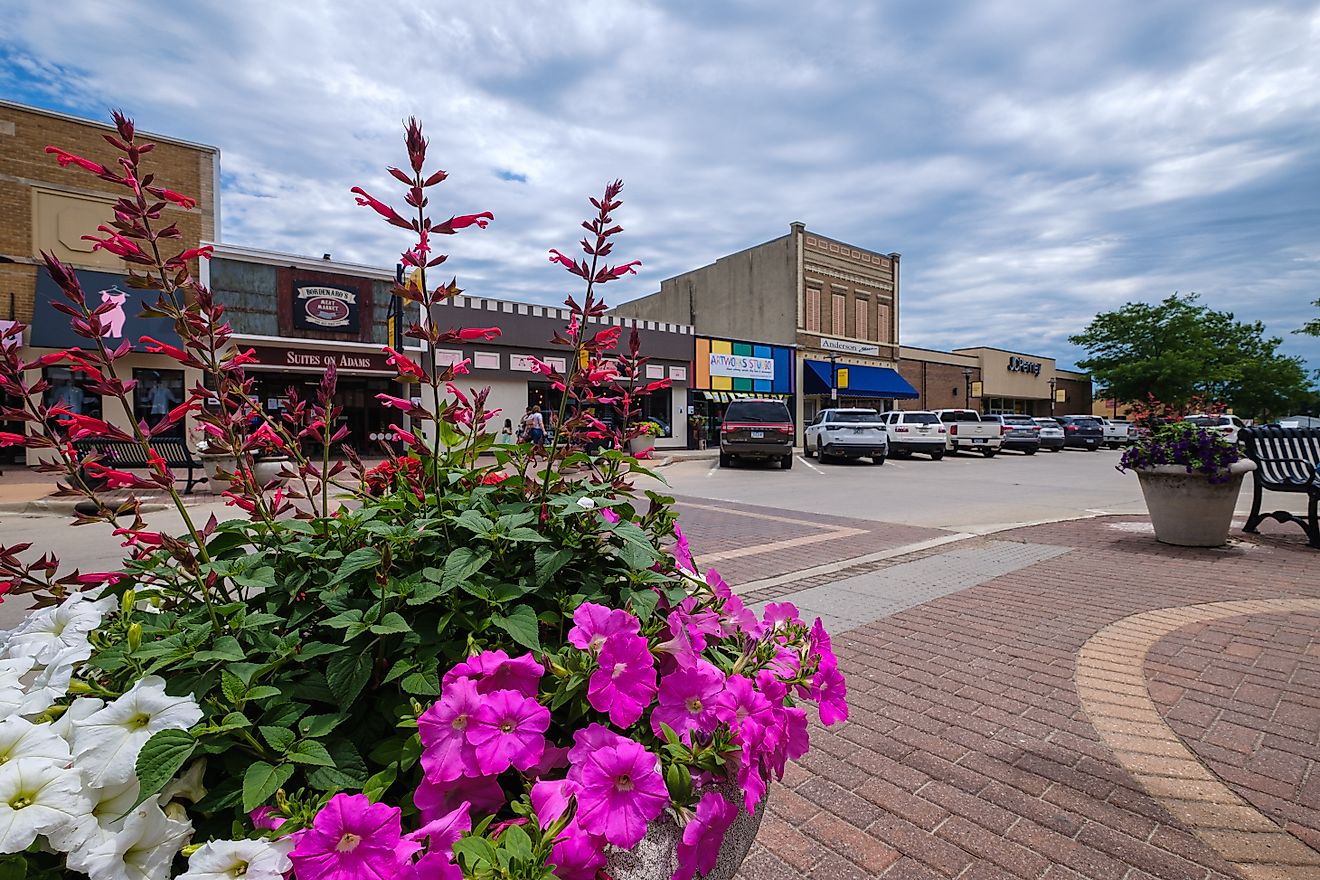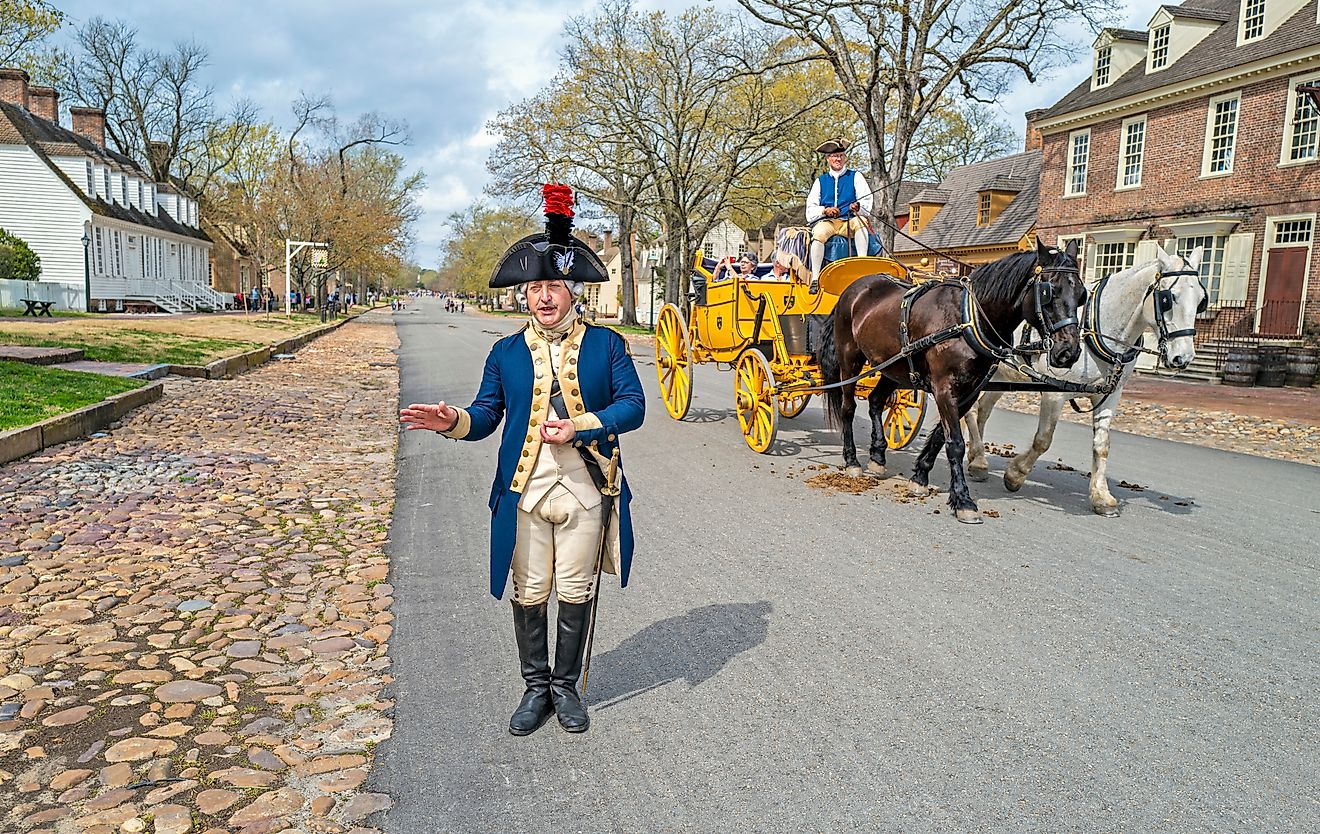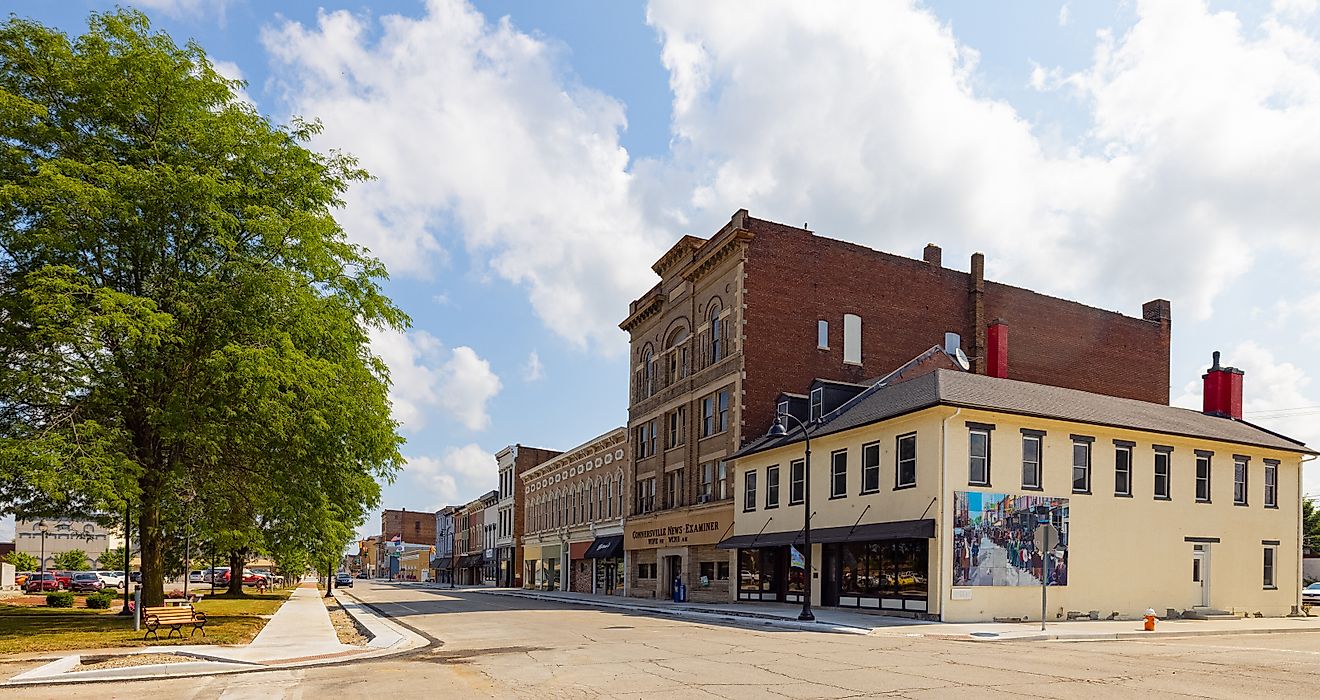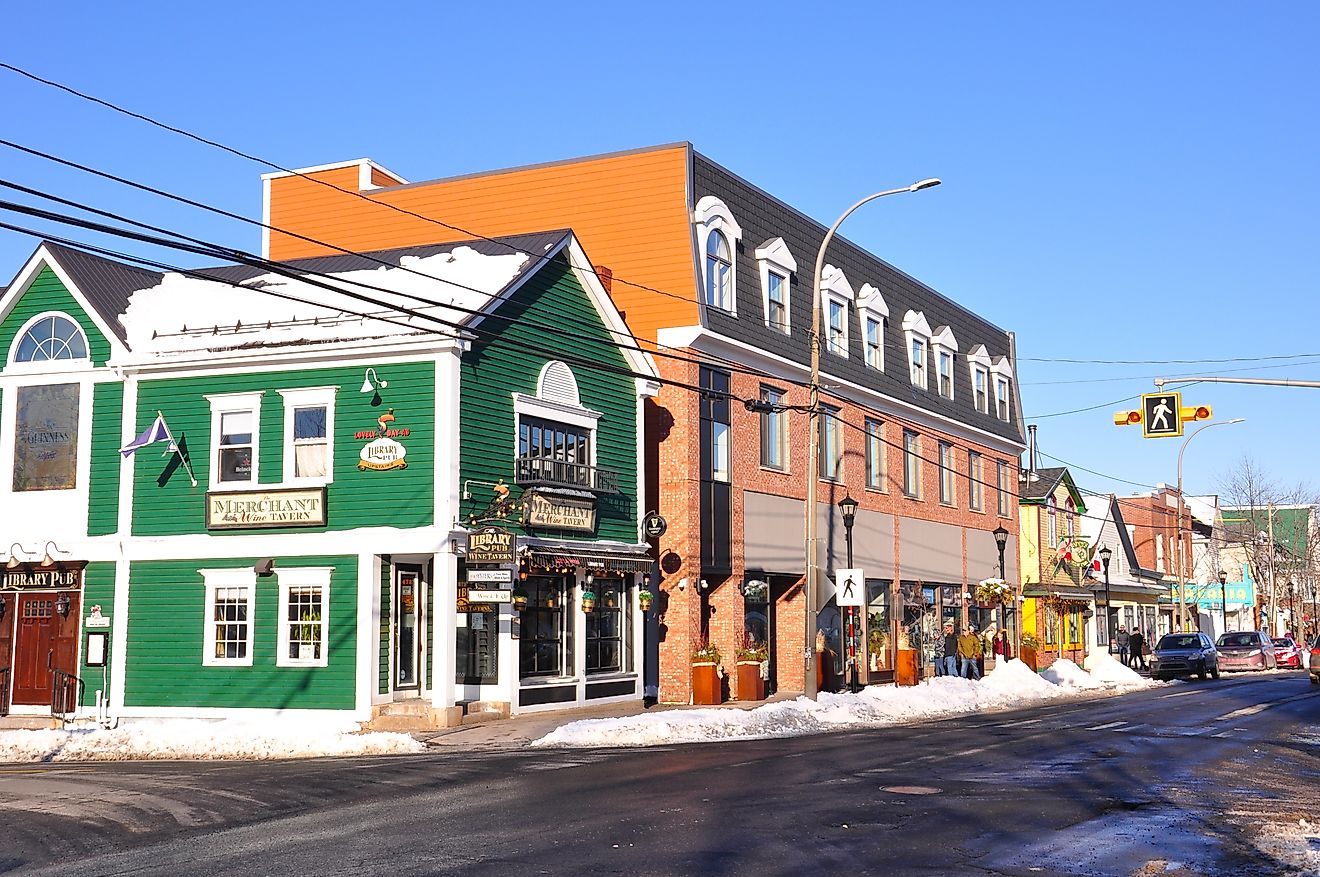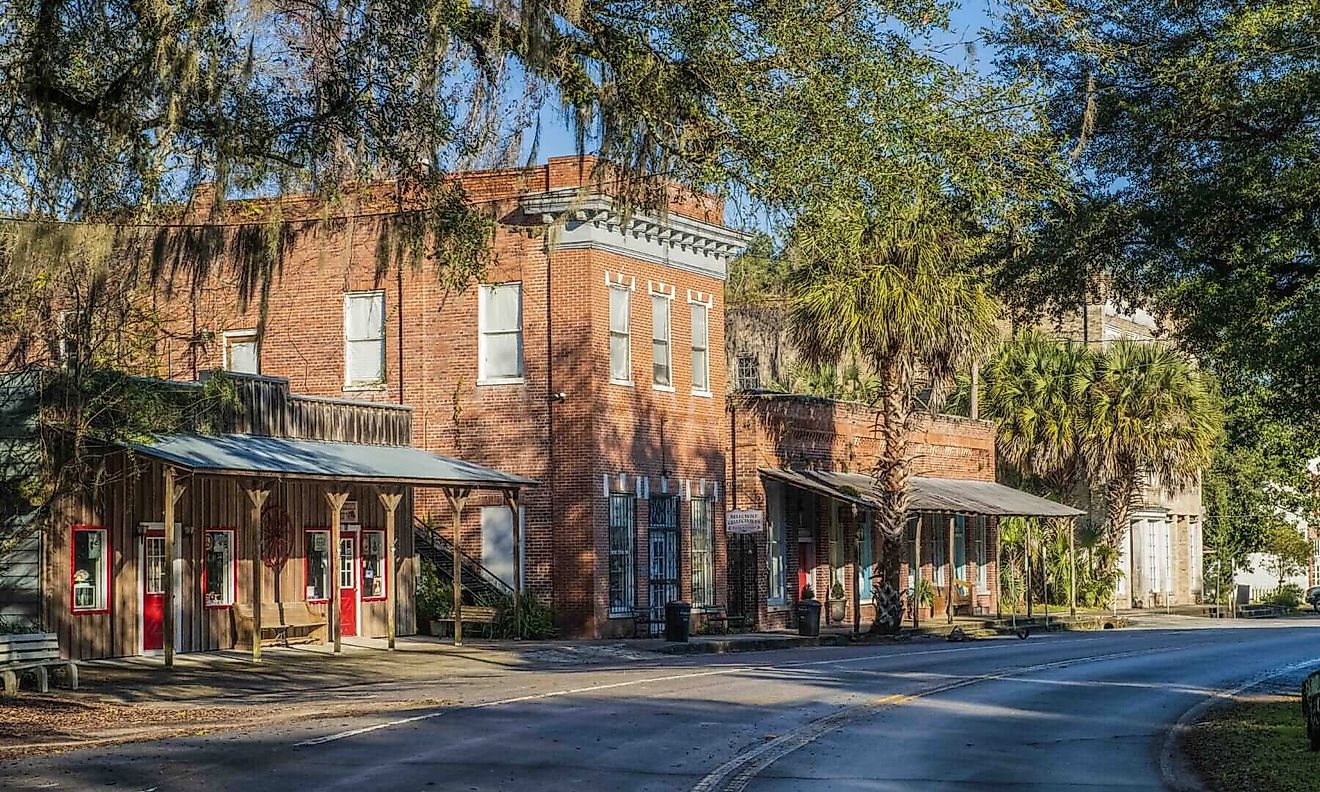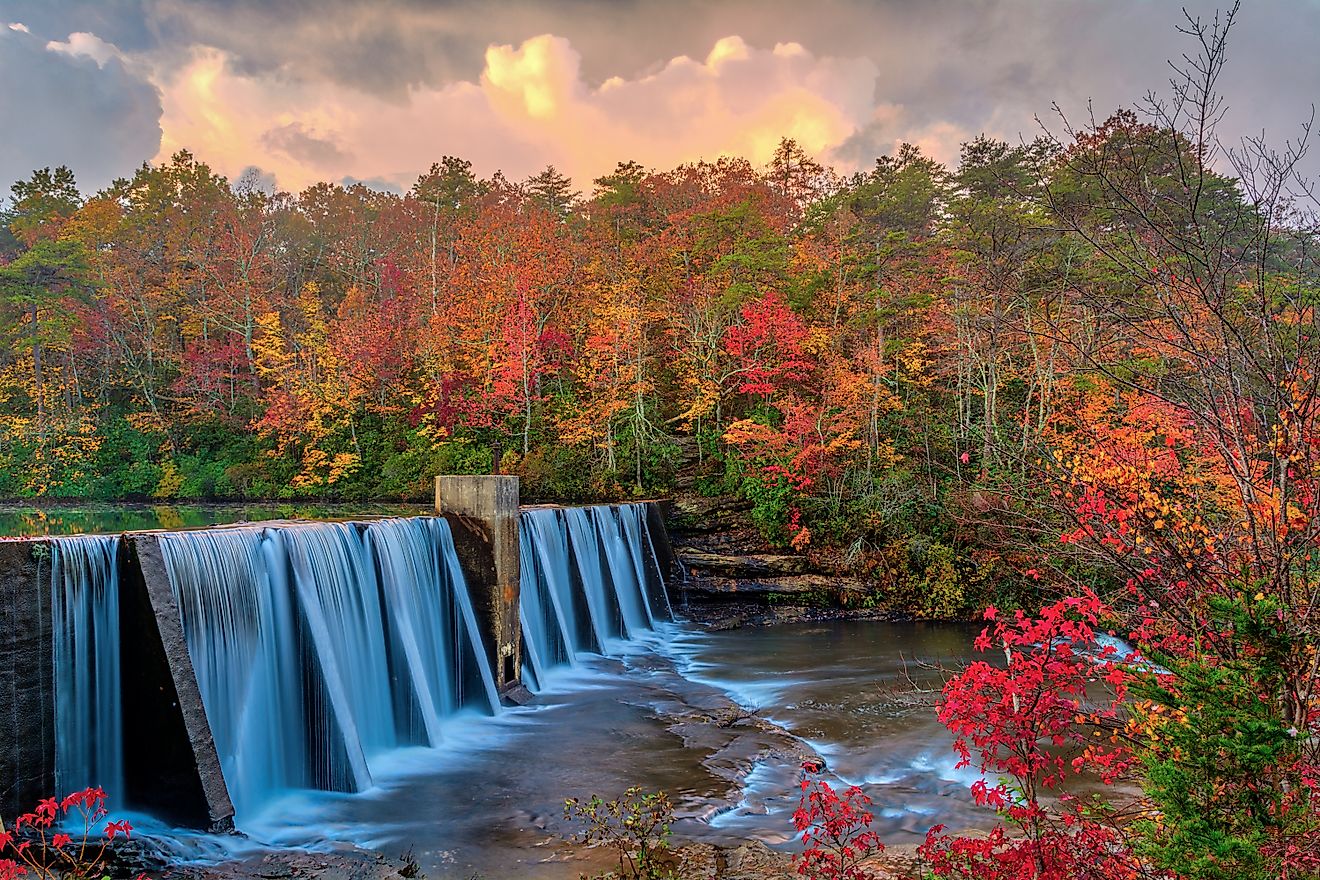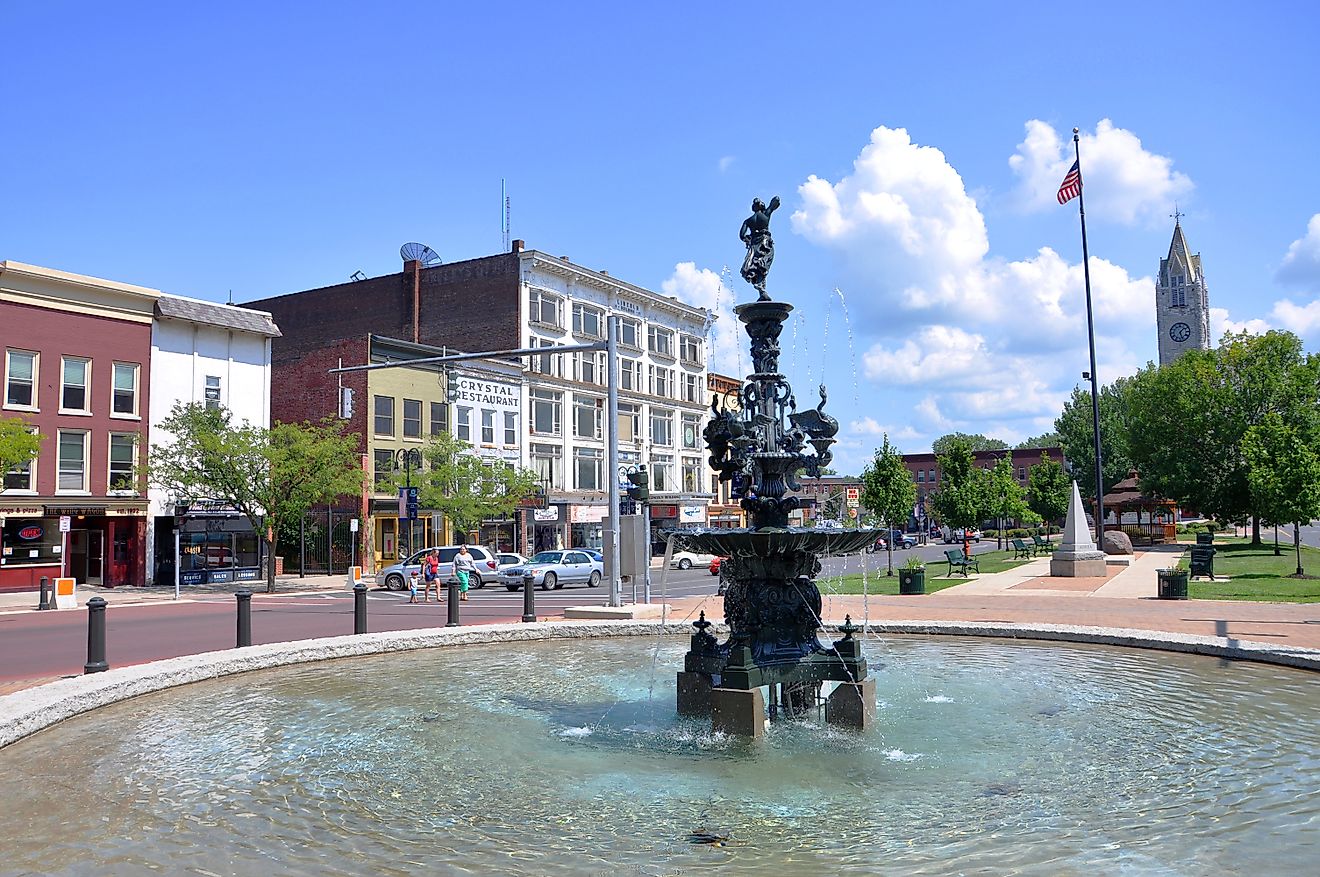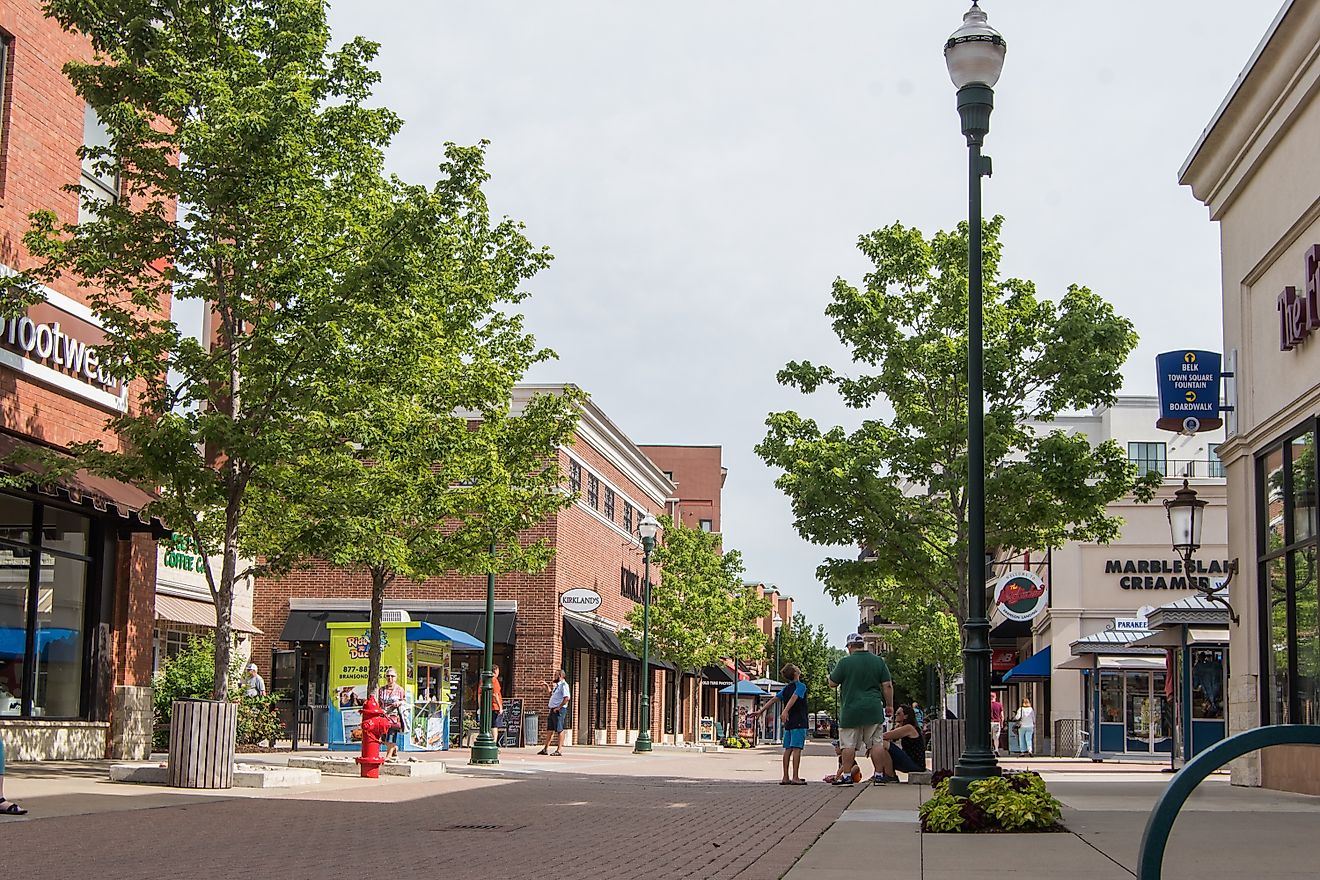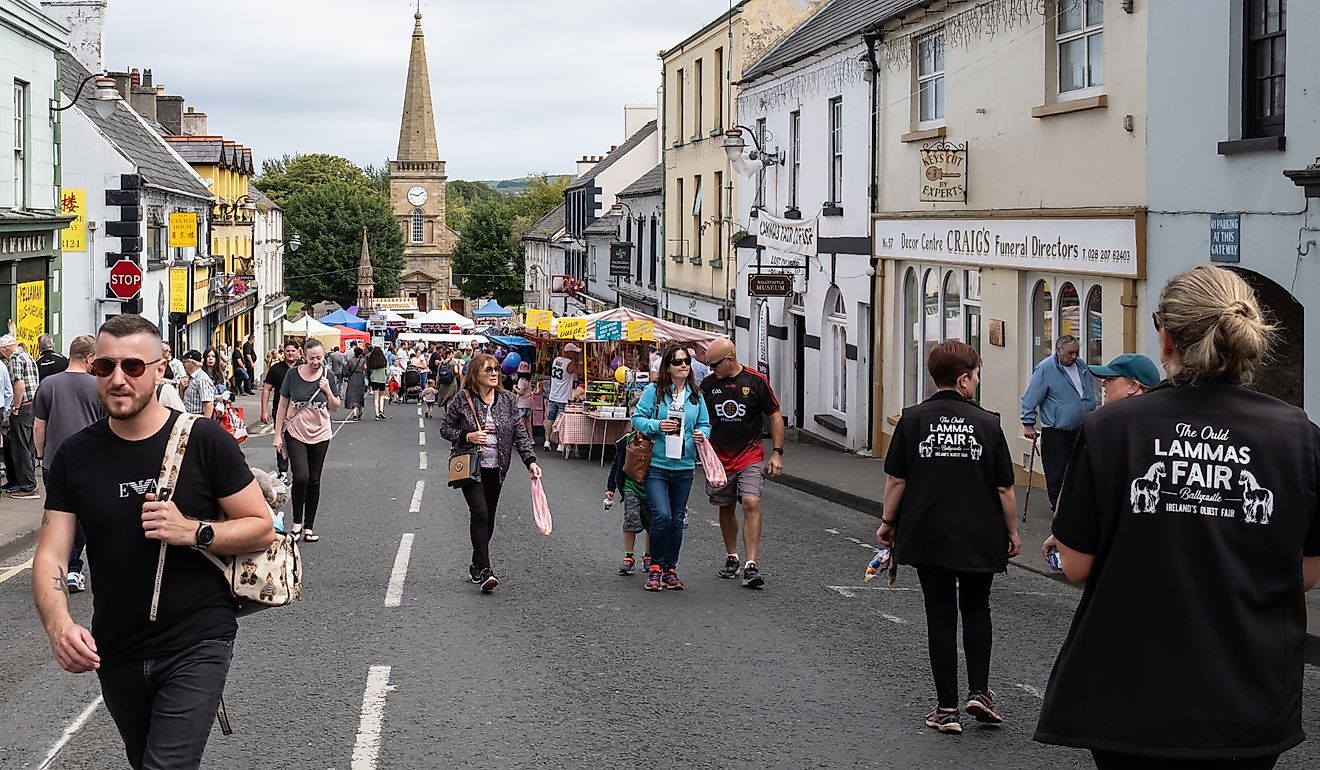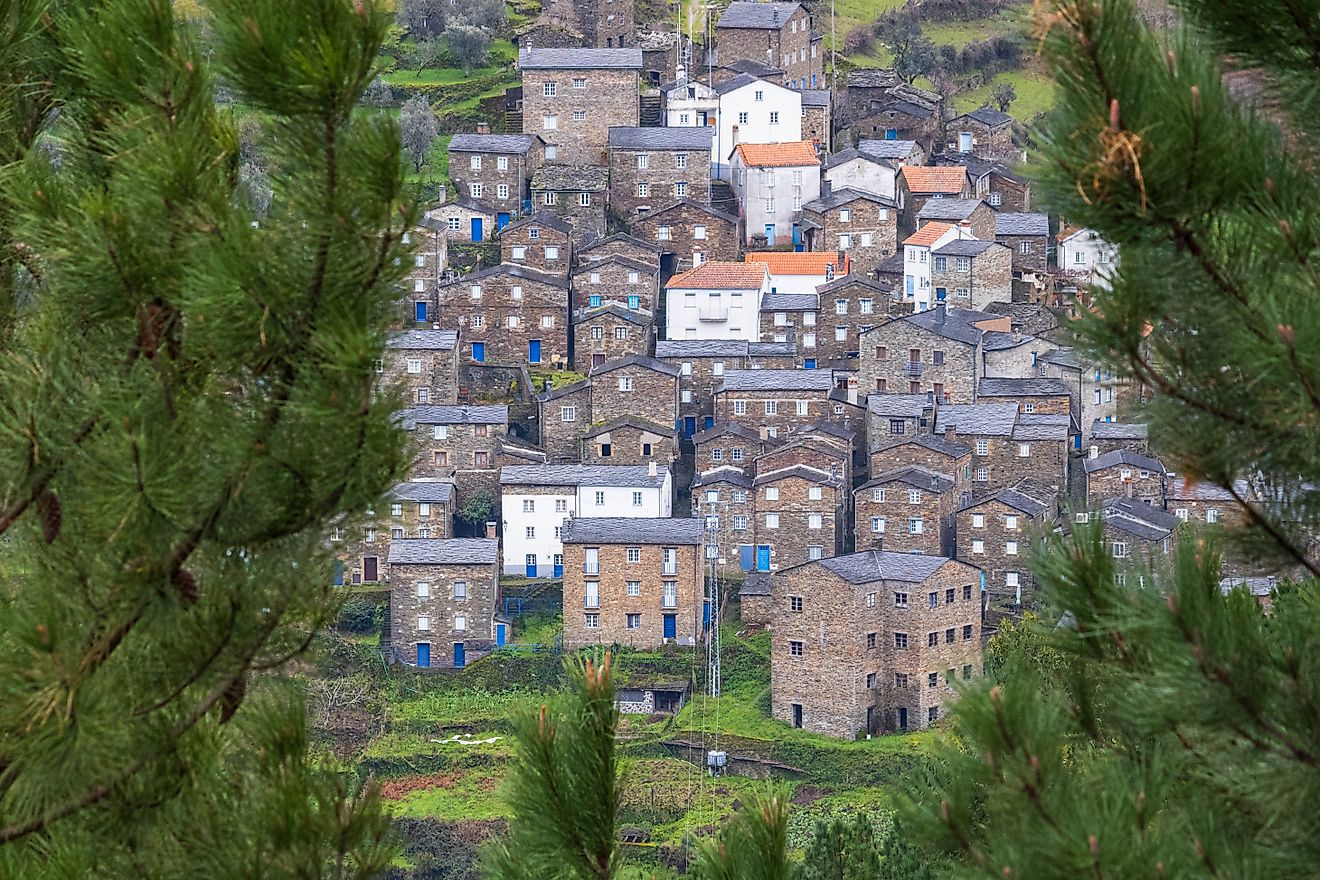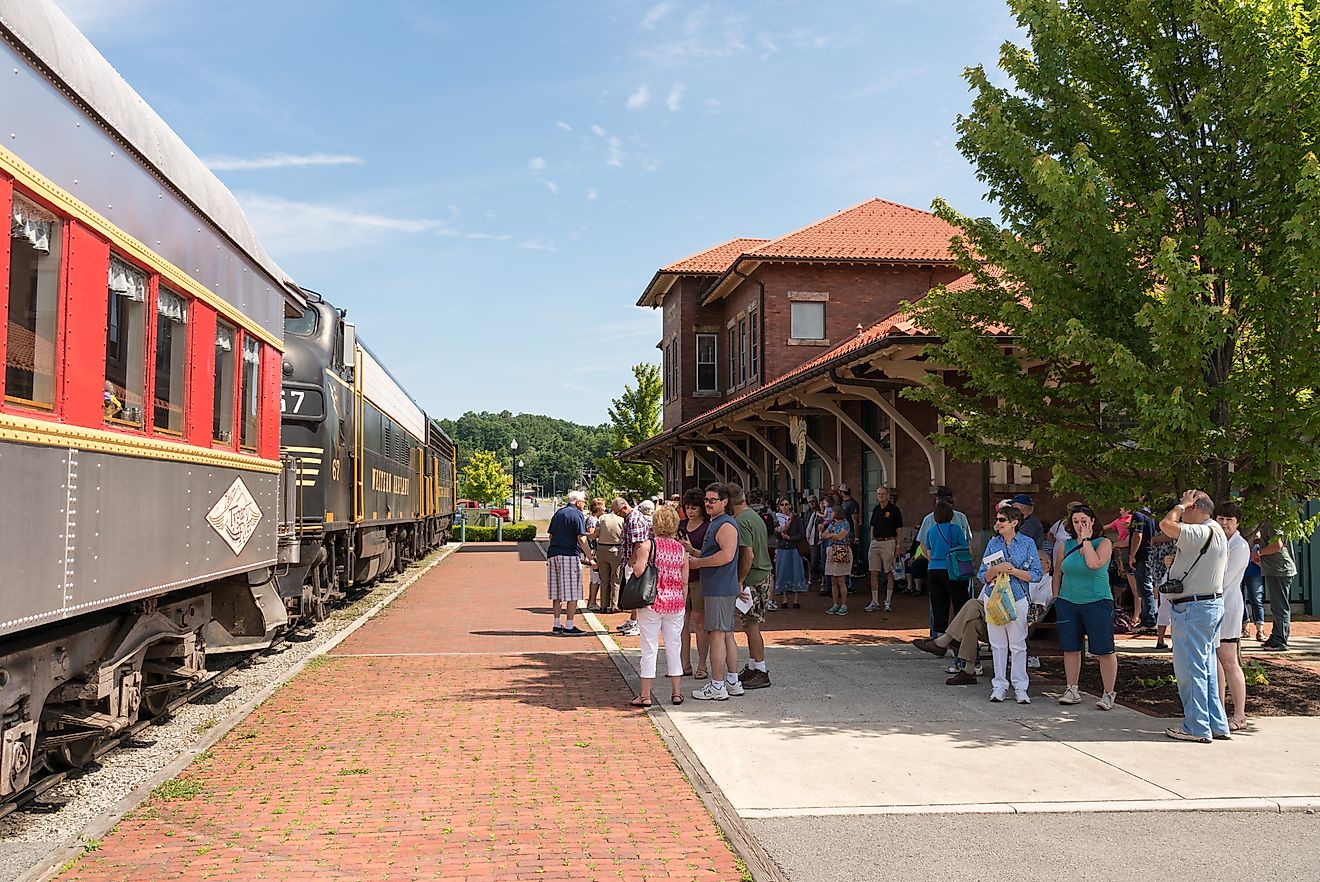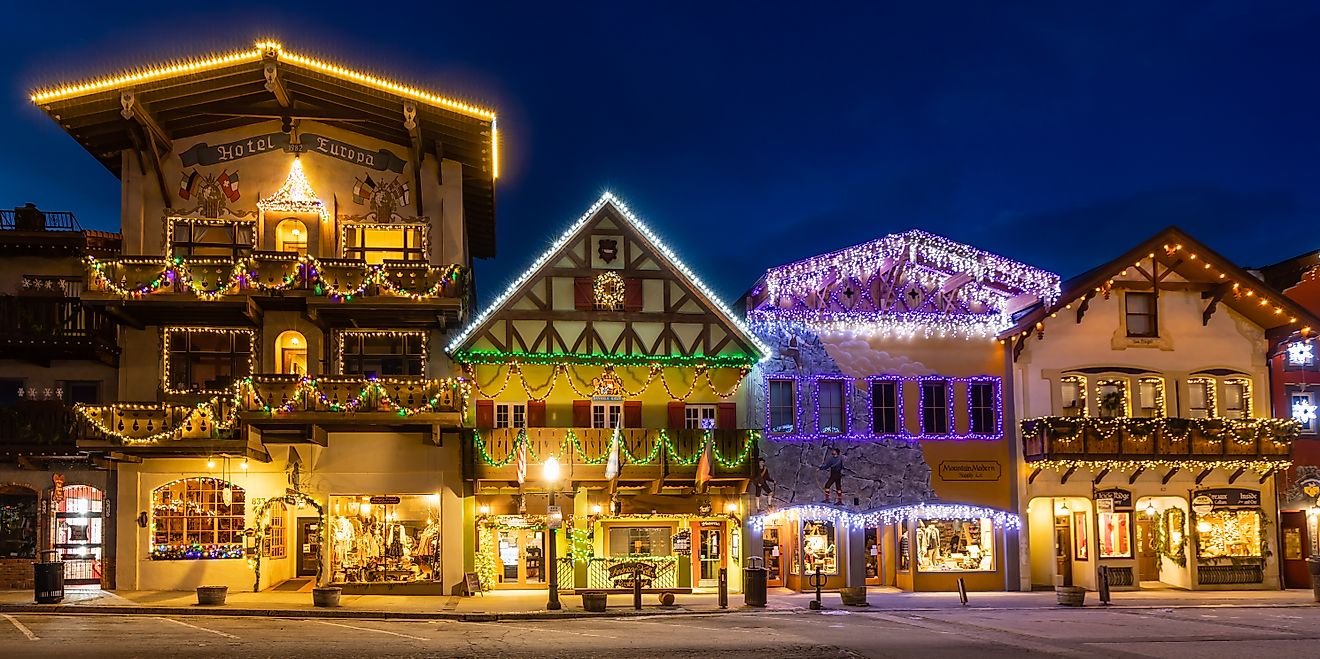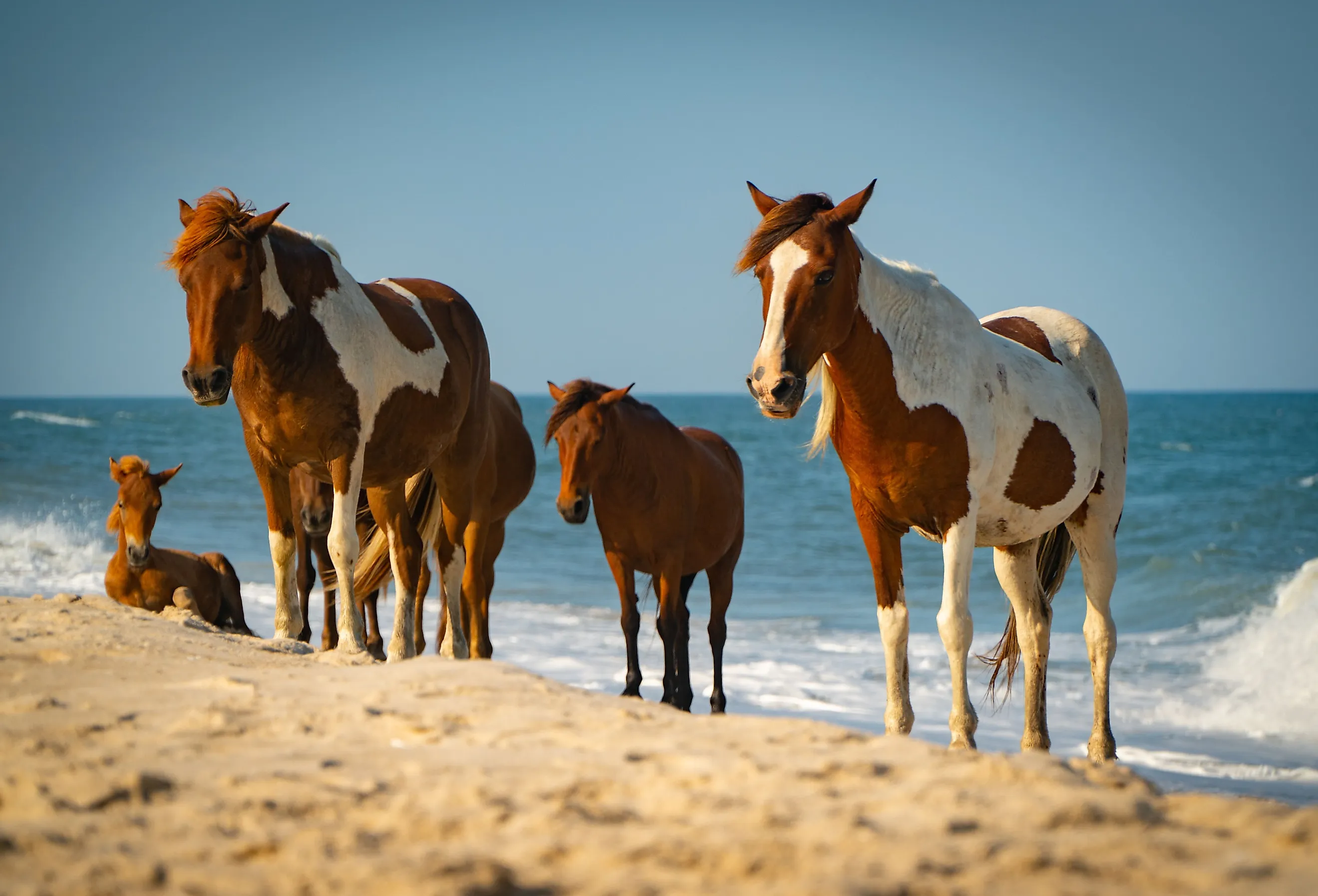
Virginia's Most Charming Beach Towns
From sleepy fishing villages to historic resort towns, Virginia’s coastline is home to many charming getaways. The state boasts more than 7,000 miles of coastline, with a shoreline along the Atlantic Ocean and the Chesapeake Bay, America’s largest estuary. Virginia’s Atlantic shoreline is also home to the Volgenau Virginia Coast Reserve. This is a conglomeration of mainland habitat and barrier islands that preserves the largest remaining coastal wilderness on the East Coast. While some of Virginia’s largest cities are on the coast, including Virginia Beach and Chesapeake, there are also plenty of small towns nestled along the water. These towns offer secluded beaches, wildlife-rich natural areas, and engaging historic sites.
Cape Charles
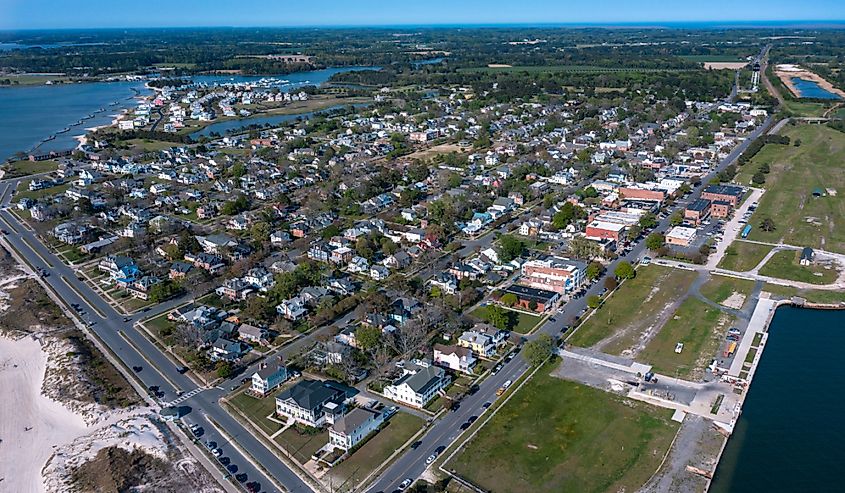
Situated at the southern tip of the Delmarva Peninsula, along Virginia’s Eastern Shore, Cape Charles spreads over a wedge of land bounded by the Chesapeake Bay, Kings Creek, and Old Plantation Creek. The town was originally developed as a stopover for passengers on the New York, Philadelphia & Norfolk Railroad when it was extended to the lower portion of Virginia’s Eastern Shore in the late 1870s. While the passenger trains stopped arriving, Cape Charles is still an idyllic getaway. Anchored by a well-preserved historic district, the walkable hamlet boasts stately Victorian homes, photogenic reminders of its railroading heyday.
The condensed downtown also offers a mix of historic inns, boutiques, restaurants, and antique shops. At the western edge of town, the Cape Charles Public Beach parallels Bay Avenue, offering year-round access to the Chesapeake Bay. South of town, the Cape Charles Natural Area Preserve protects a swath of maritime pine forest with a wooden boardwalk for visitors. Further afield, Kiptopeke State Park features hiking trails and swimming beaches and the Eastern Shore National Wildlife Refuge offers ample opportunities for birdwatching.
Chincoteague
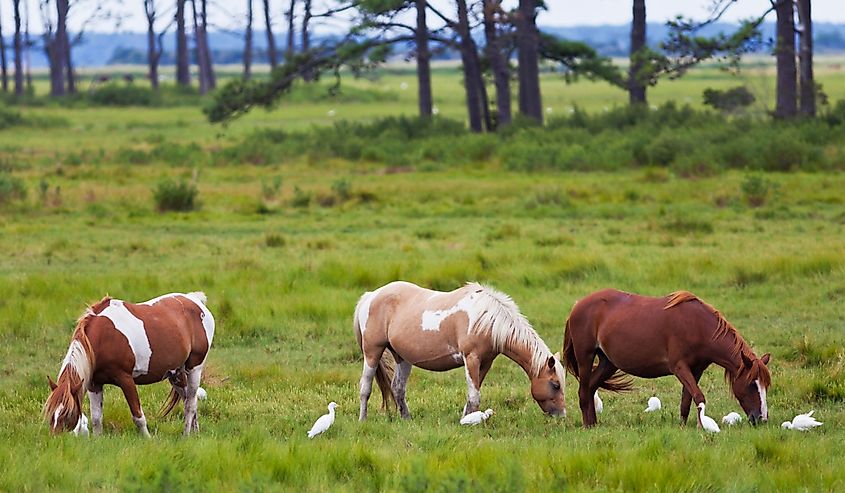
A splinter of land situated between Chincoteague Bay and the Atlantic Ocean, the island of Chincoteague gained international notoriety more than 80 years ago with the publication of the popular children’s novel, Misty of Chincoteague, set in the eponymous town of Chincoteague. Today, the seaside hamlet is still renowned for its wild ponies, descended from the survivors of a 16th-century shipwreck. These days, the centuries-old herd roams the Chincoteague National Wildlife Refuge, a sanctuary for migratory birds situated just outside town. Since 1925, the town has hosted an annual Chincoteague Island Pony Swim. This event culminates in a parade and auction supporting the local fire department.
Beyond the atoll’s famous equines, the town is still a functioning fishing village with a rich history showcased at the Oyster and Maritime Museum. For visiting foodies, local spots including Bill’s Prime Seafood & Steaks and AJ’s on the Creek serve up fresh seafood, and the long-running Chincoteague Island Oyster Festival is every October.
Onancock
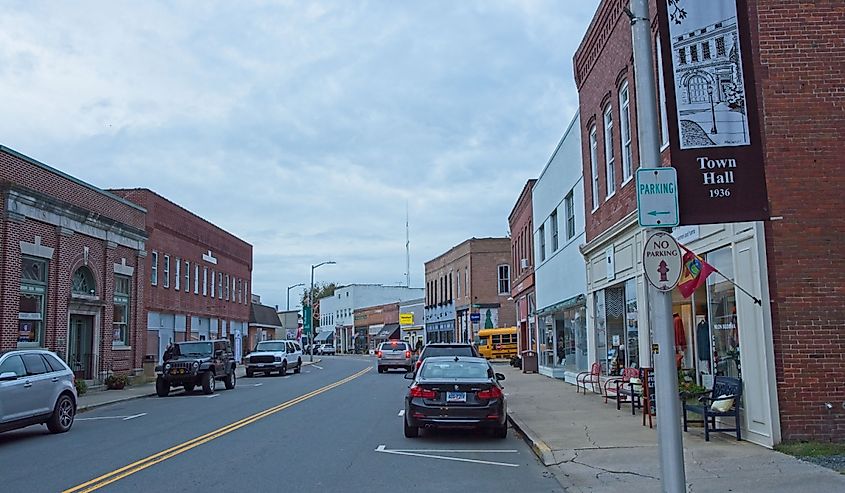
Tucked beside Onancock Creek, scenic Onancock has been a port town for more than three centuries. With a deepwater harbor, it offers easy access to the Chesapeake Bay. The creekside hamlet was a strategic spot, and one of the dozen original Royal Ports established in the colonies under King James I. Before serving as a colonial harbor, the creekside location was occupied by the Onancock, one of the tribes comprising the Eastern Shore’s Occohannock group. The town has retained its indigenous name, translated as "foggy place." Beyond the name, there are still plenty of other vestiges of the town’s rich history.
For visitors, Ker Place, a meticulously preserved federal-style mansion and the headquarters for the Eastern Shore of Virginia Historical Society provides a snapshot of the region’s history. The Onancock Historic District and Town Wharf add to the character. For overnight visitors, there are a handful of historic inns and bed & breakfasts, including The Charlotte Hotel & Restaurant, the Colonial Manor Inn, and the Inn at Onancock. In addition, there is an easy-to-stroll downtown peppered with cafes, artisanal markets, and art galleries. It is easy to get on the water too. There is a public boat launch at the town’s wharf, and locally-based Burnham Guides rents kayaks and paddleboards and offers guided paddling tours of Onancock Creek, and day trips to the region’s uninhabited barrier islands. The town is also the departure point for ferries to historic Tangier Island. The island is still inhabited by the descendants of English colonists who arrived in the late 1600s.
Colonial Beach
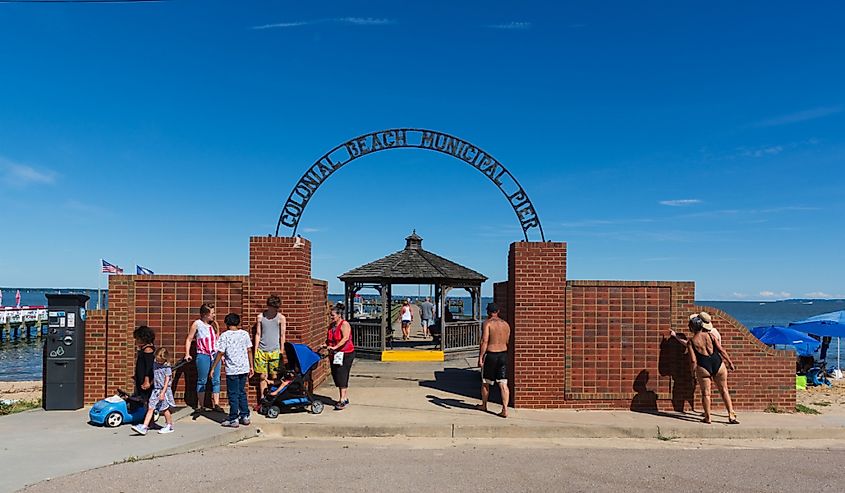
Located at the northern edge of Virginia’s Northern Neck Peninsula, about 60 miles south of Washington, DC, Colonial Beach has been a vacation destination for more than a century. Officially incorporated in 1892, the historic resort town extends over a wedge of land bounded by the Potomac River and Monroe Bay. The waterside location made the hamlet a popular destination for vacationing Washingtonians, shuttled downriver by steamboats. By the early 1900s, the town included stately Victorian homes, summer cottages, and seaside inns, catering to visiting vacationers. The family of inventor Alexander Graham Bell even owned a summer home in Colonial Beach.
For visitors, the town showcases its colorful past at The Museum at Colonial Beach and the brightly-painted Ferry Landing District. In addition, a handful of the town’s historic properties have also been reimagined as inns and bed & breakfasts, including the Colonial Beach Plaza Bed & Breakfast and the Dennison Street Inn. The town’s expanse of the riverfront is also still a major attraction. The two-mile public beach is divided into five distinct sections, including a Downtown beach featuring a boardwalk lined with restaurants and souvenir shops.
Yorktown
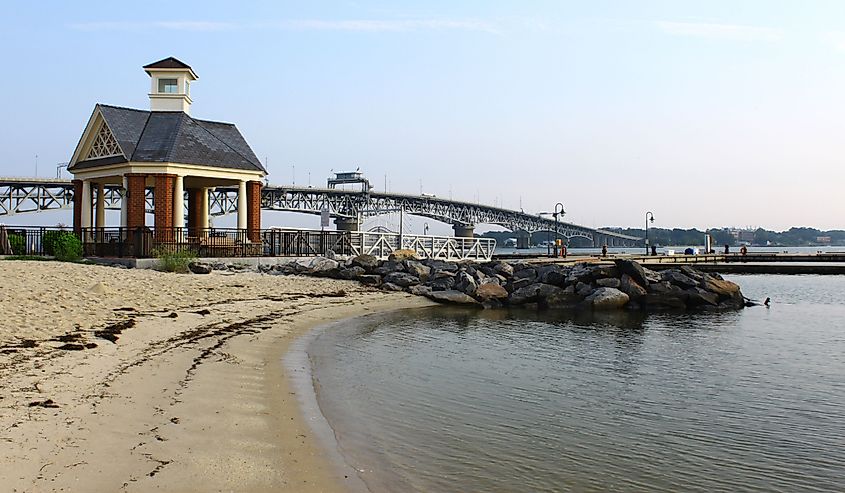
One of Virginia’s first colonial settlements, Yorktown is a part beach town, part living museum. Spread along the York River, the hamlet, founded in 1691, was originally named York by early English colonists. A bustling tobacco port before the American Revolution, the town provided the backdrop for the conflict’s final land battle; the Siege of Yorktown, the event that triggered British forces to surrender to the Continental Army. Today, Yorktown is part of Virginia’s Historic Triangle. This is a trio of historic towns that also includes Jamestown and Williamsburg, all connected by the scenic Colonial Parkway. The town’s colonial history is showcased at a variety of historic sites, including the American Revolution Museum at Yorktown and the Yorktown Battlefield.
Beyond the rich history, there are also plenty of ways to spend time on the water. A mile-long pedestrian walkway paralleling the York River connects the American Revolution Museum and the Yorktown Battlefield, and along the waterside promenade, Riverwalk Landing offers a collection of restaurants and boutiques. From May until November, the Schooner Alliance offers sailing charters on the Chesapeake Bay, departing from Riverwalk Landing. The town also features a two-acre public beach for swimming, fishing, and boating.
Wachapreague
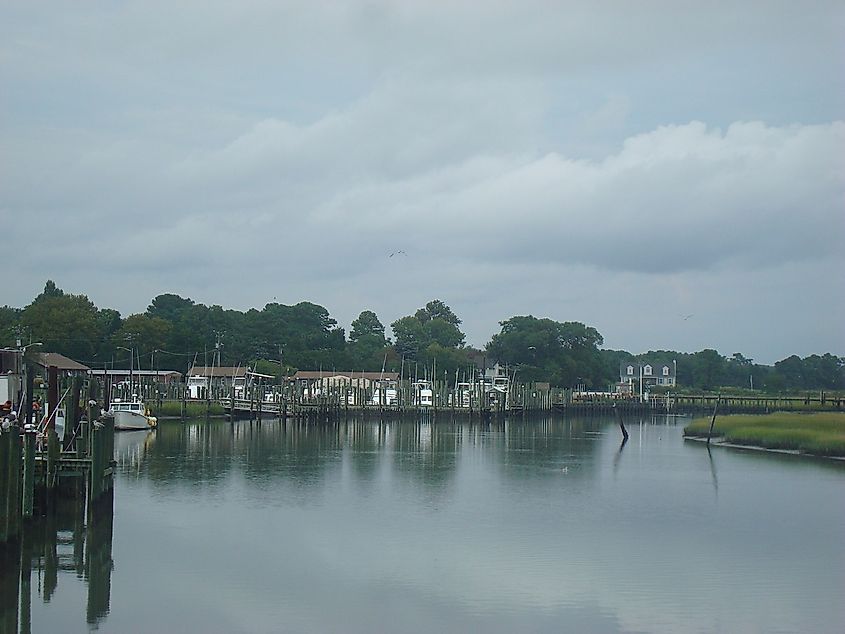
With less than 250 permanent residents, the Victorian-era village of Wachapreague is a charming, under-the-radar getaway. Nestled beside Bradford Bay, the town has been enticing outdoors lovers for more than a century, lured by the area’s natural assets. Today, Wachapreague is still a hub for birdwatchers and anglers. The bayside hamlet is also a strategic basecamp for those interested in aerial tours or day trips to nearby atolls with pristine beaches. Based at the Wachapreague Inn, the tour company Daytrippers offers offshore fishing trips, sunset cruises, and boat taxis to some of the wild barrier islands protected by the Volgenau Virginia Coast Reserve, including Cedar Island and Parramore Island.
Irvington
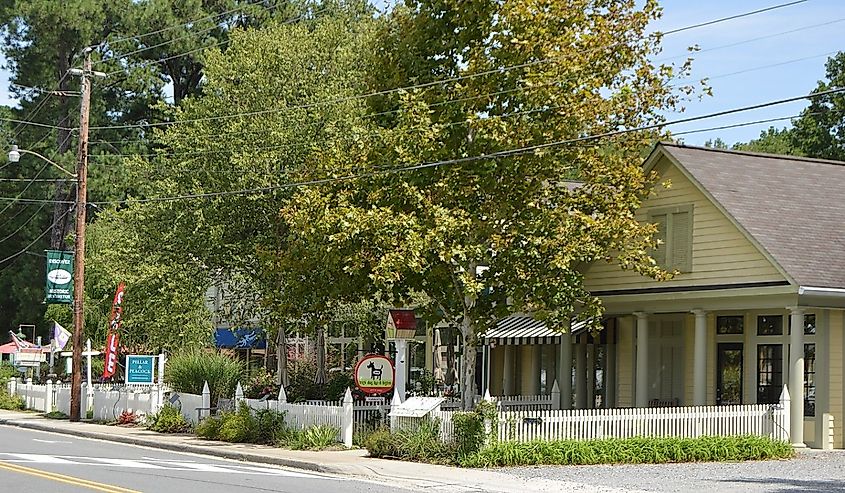
Tucked away on Carters Creek, an arm of the Rappahannock River, the waterside town of Irvington began as a stop for steamboats traveling between Baltimore and Norfolk. After the steamboat era ended in the early 1900s, the opening of the Tides Inn Resort in 1947 helped keep the town on the map. The historic resort still welcomes visitors, with lush grounds, a sandy stretch of beach, and a living shoreline offering habitat for native wildlife. Irvington is also a stop along the Chesapeake Bay Wine Trail. Right in Irvington, the Hope & Glory Inn, a historic schoolhouse imagined as an idyllic inn and seasonal micro-vineyard, showcases the distinctive flavors of the Northern Neck/George Washington Birthplace American Viticultural Area, one of eight existing American Viticultural Areas scattered throughout the state. Beyond the inn, Irvington’s compact main strip, Irvington Road, has many boutiques and cafes. In addition, the Steamboat Era Museum provides a glimpse of the town’s maritime history.
Whether situated along the Chesapeake Bay or the Atlantic Ocean, Virginia’s diverse coastal communities have year-round offerings for every type of traveler. With wildlife refuges, state natural areas, secluded beaches, engaging museums, and historic sites, there are plenty of places to seek out. Whether it is a culinary tour loaded with local seafood, an outdoorsy weekend with plenty of time on the water, or a family beach getaway, Virginia’s collection of charming waterside towns has something for everyone.
